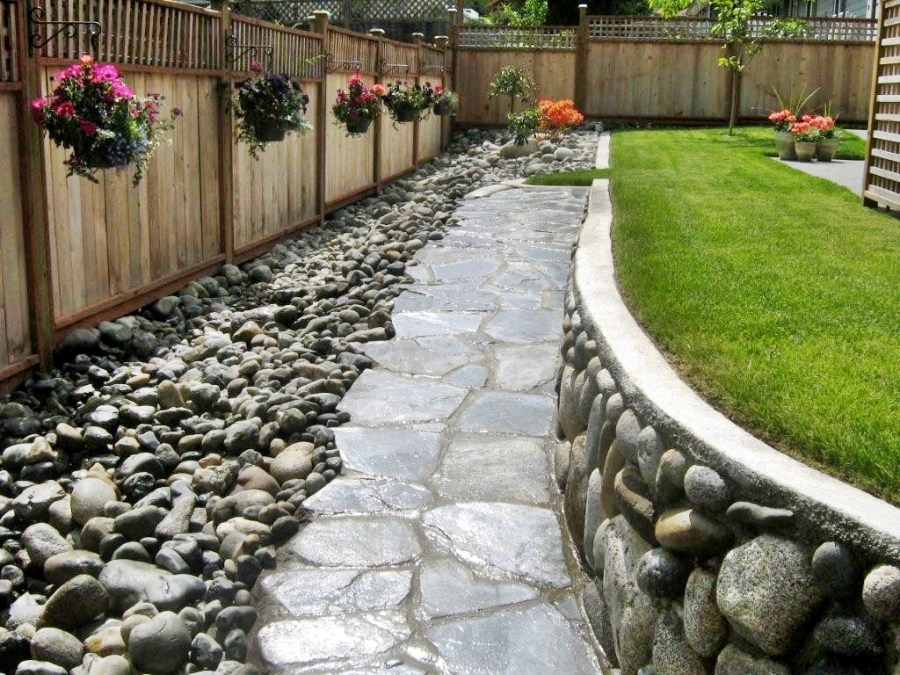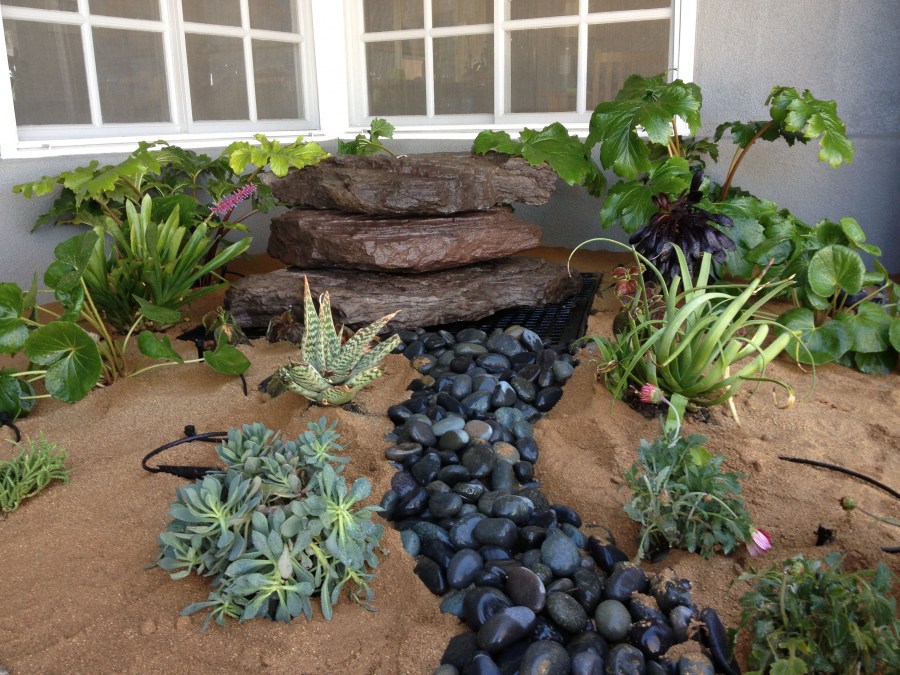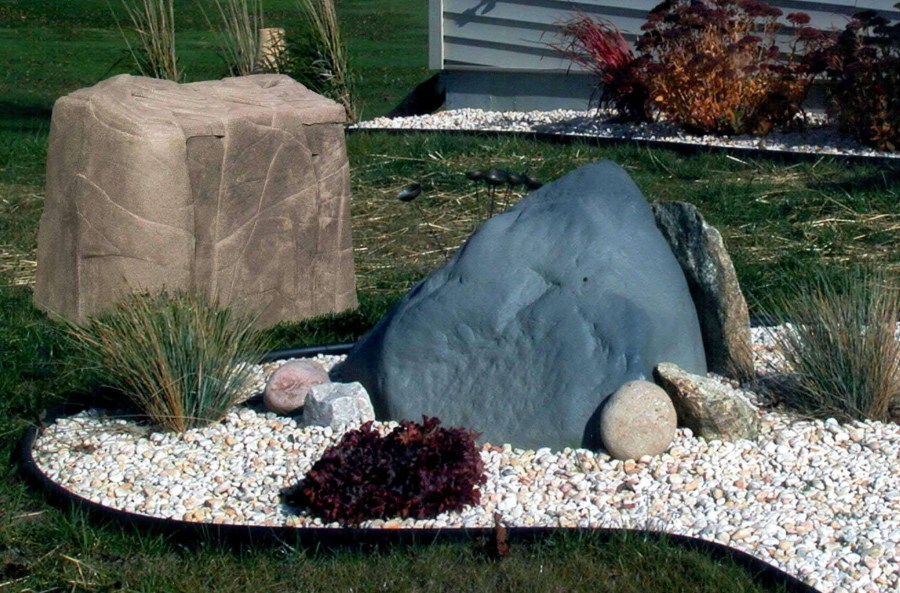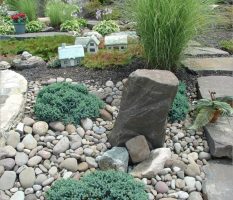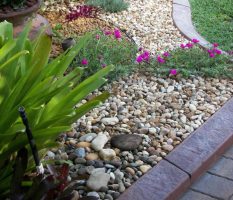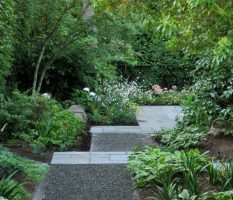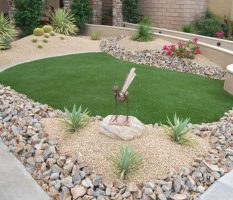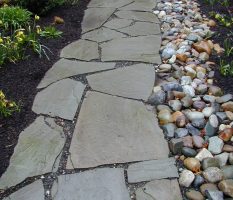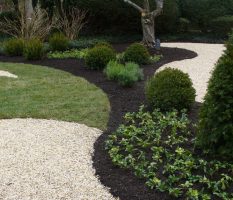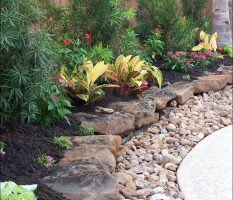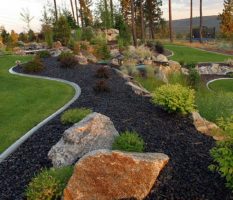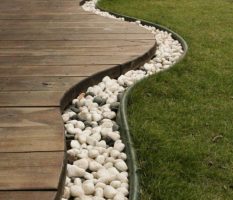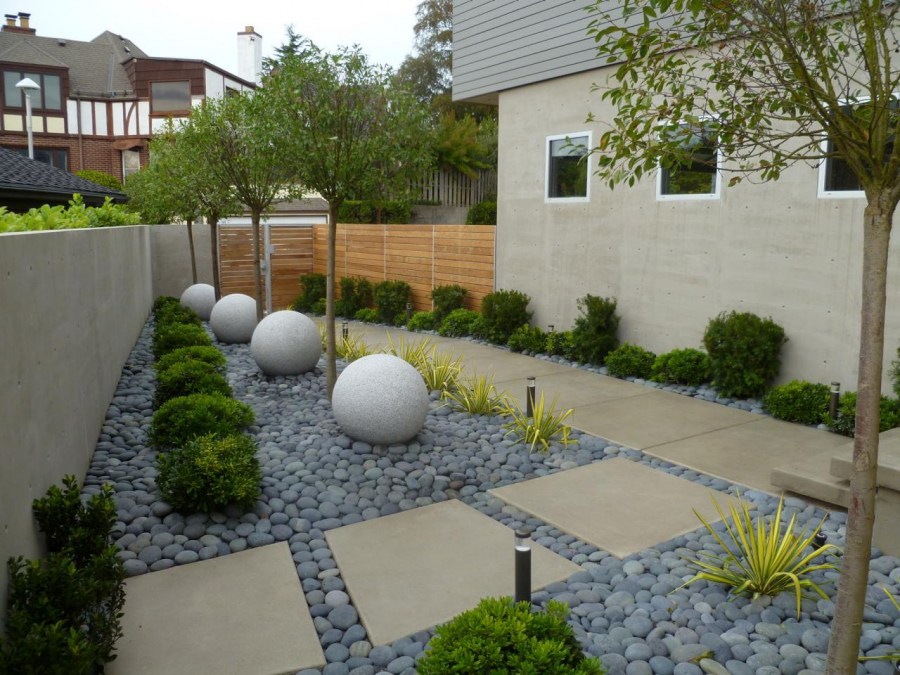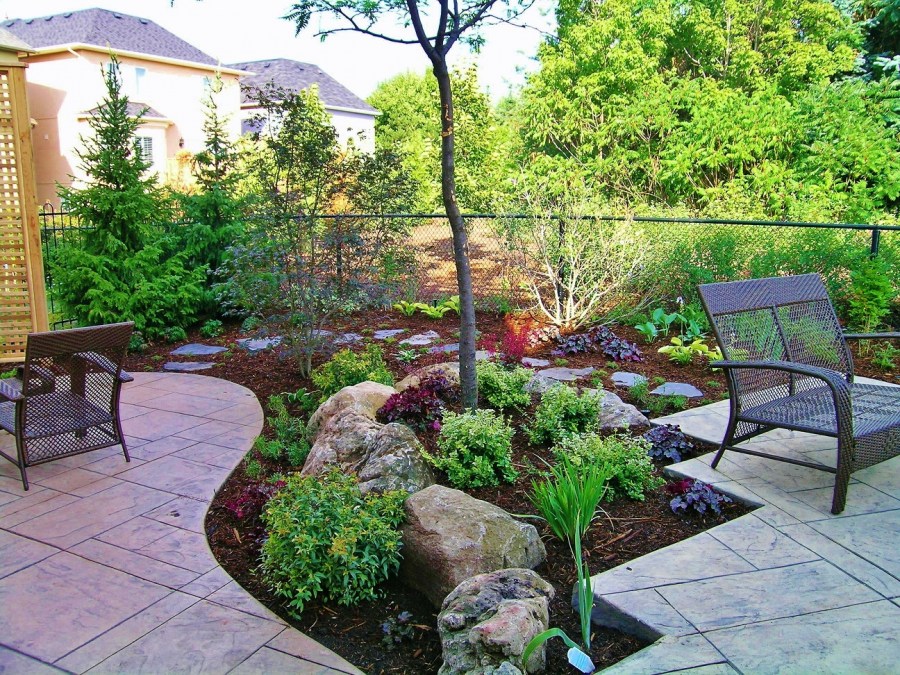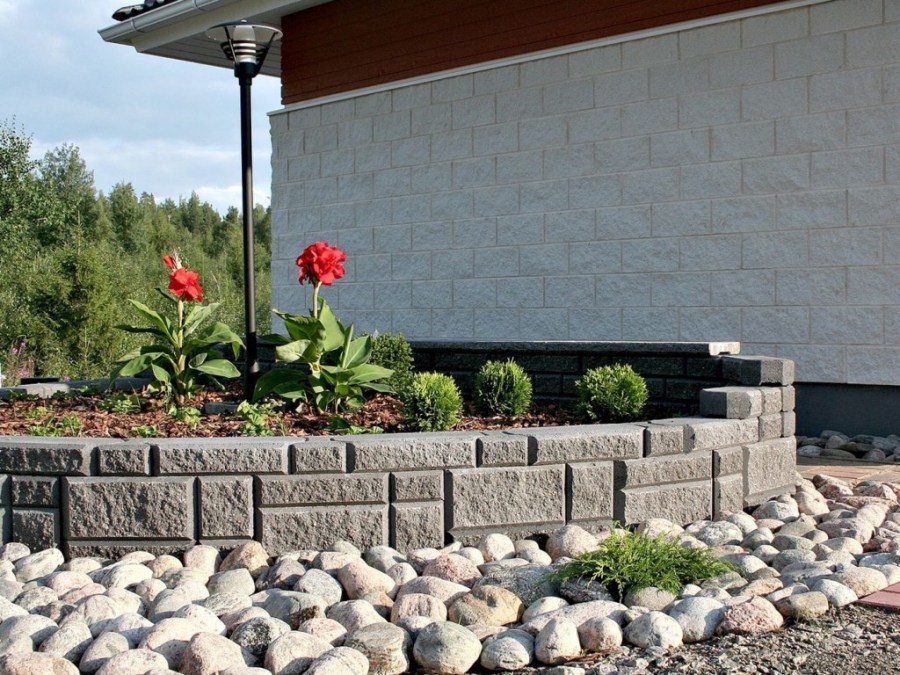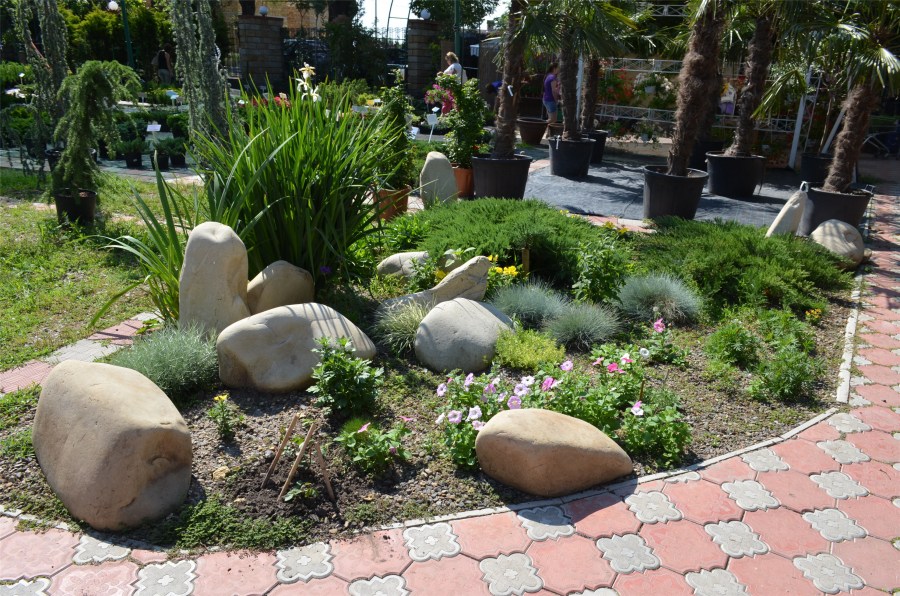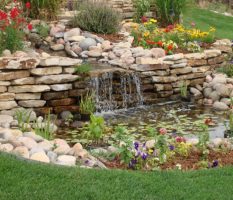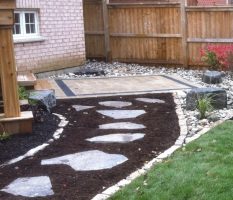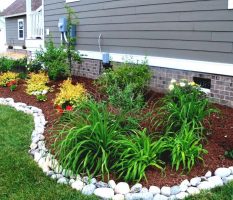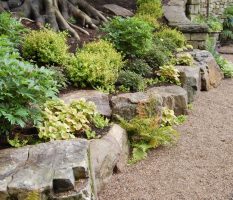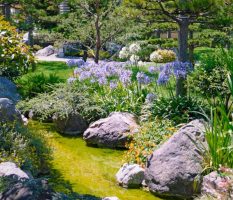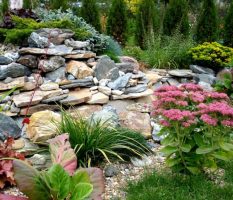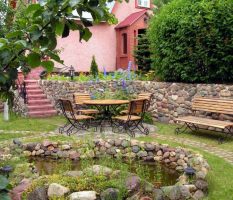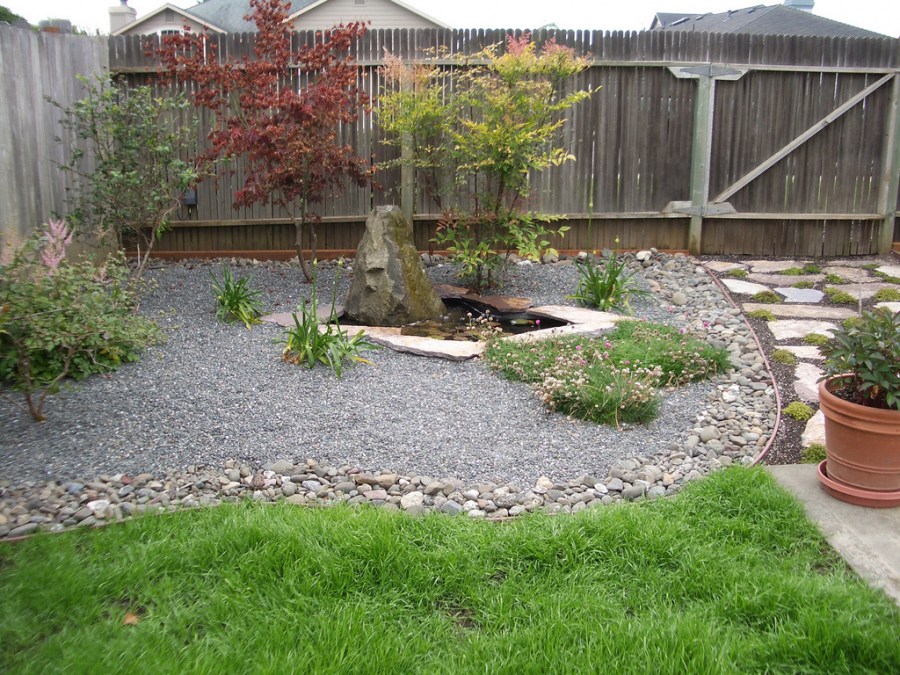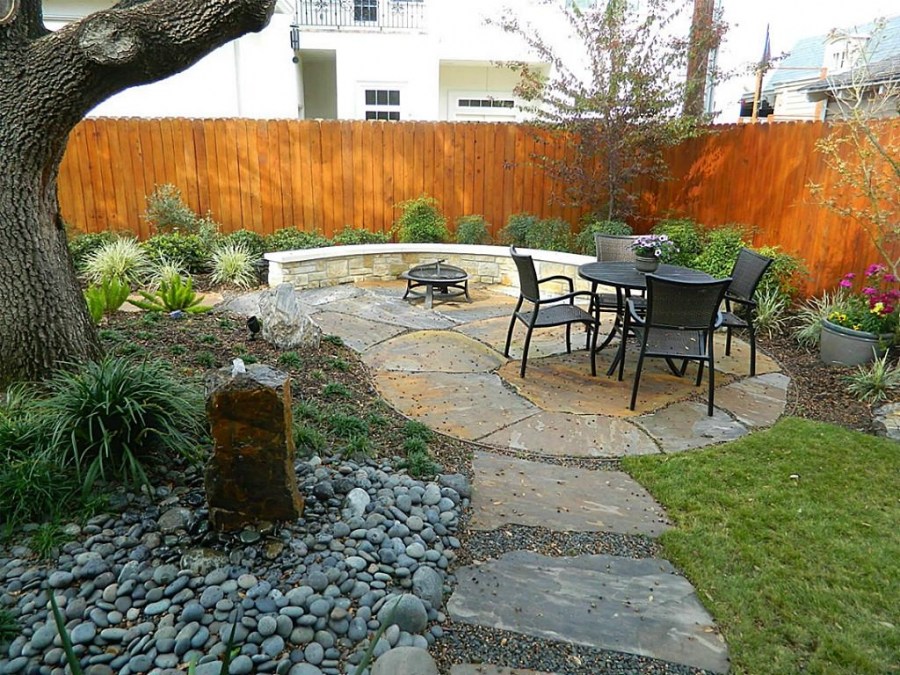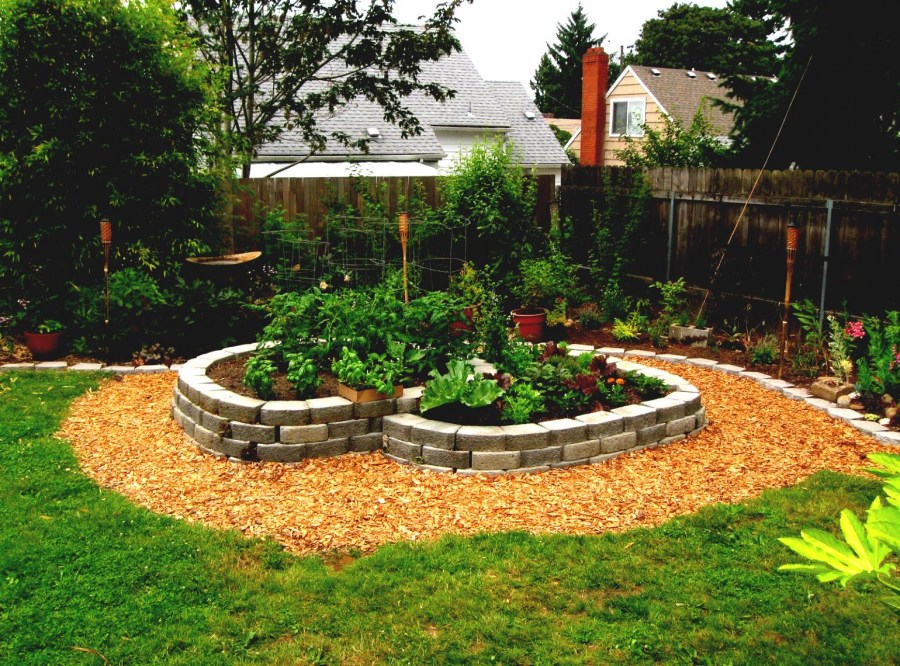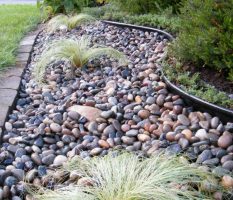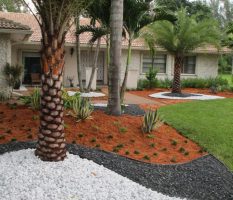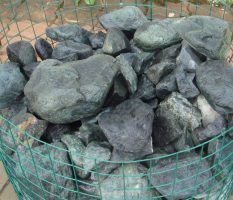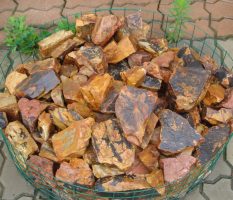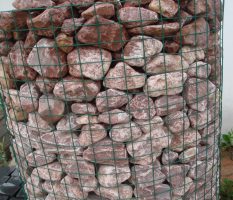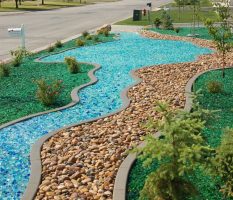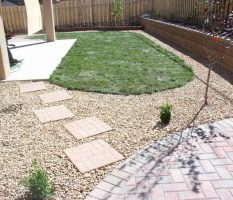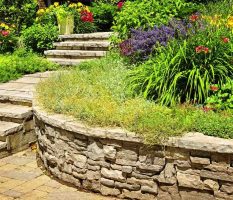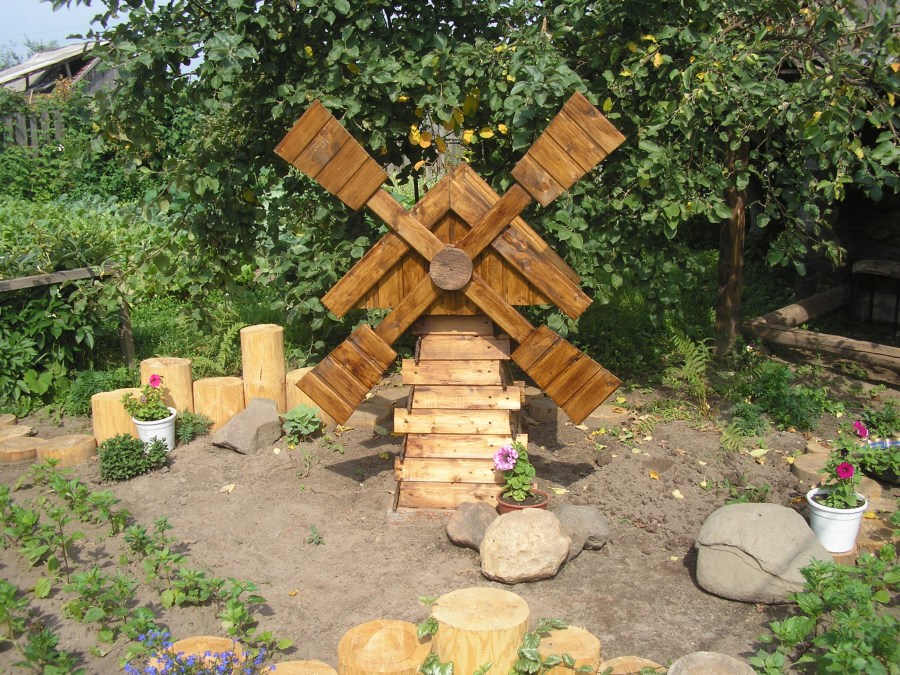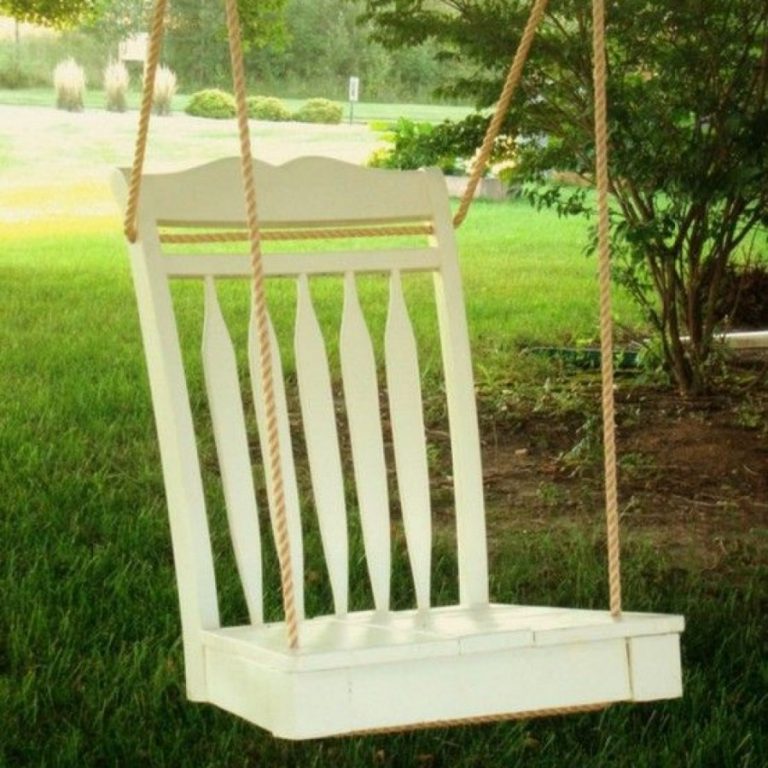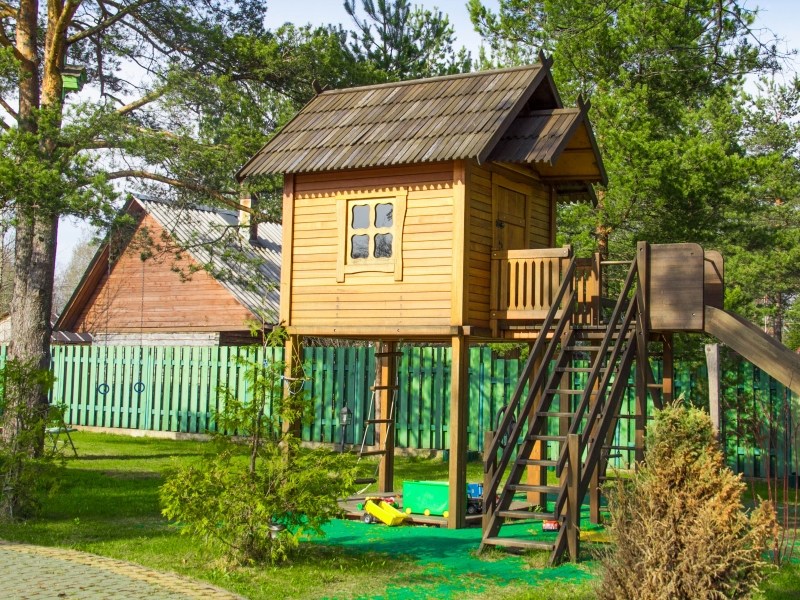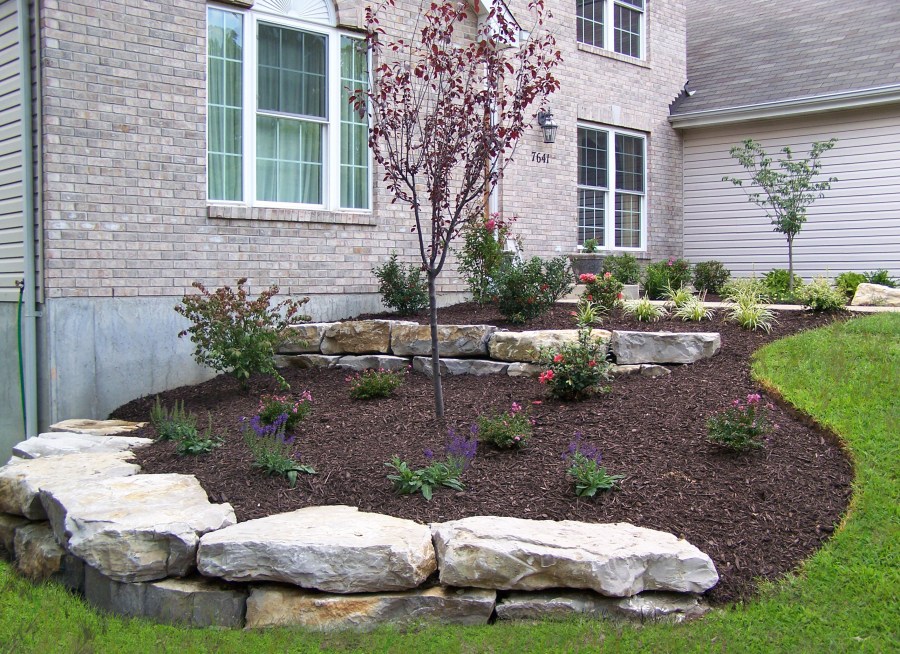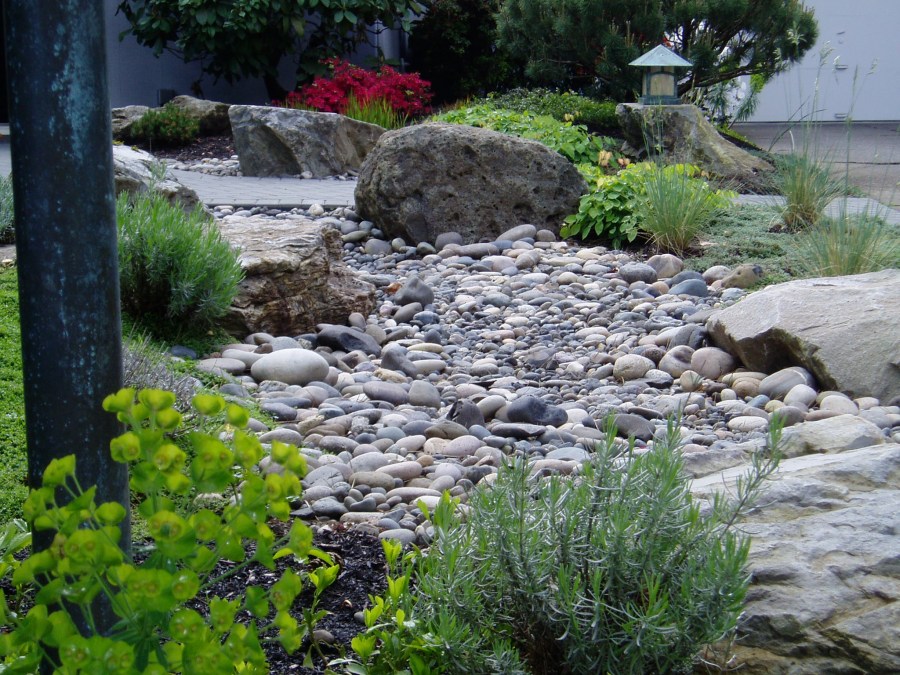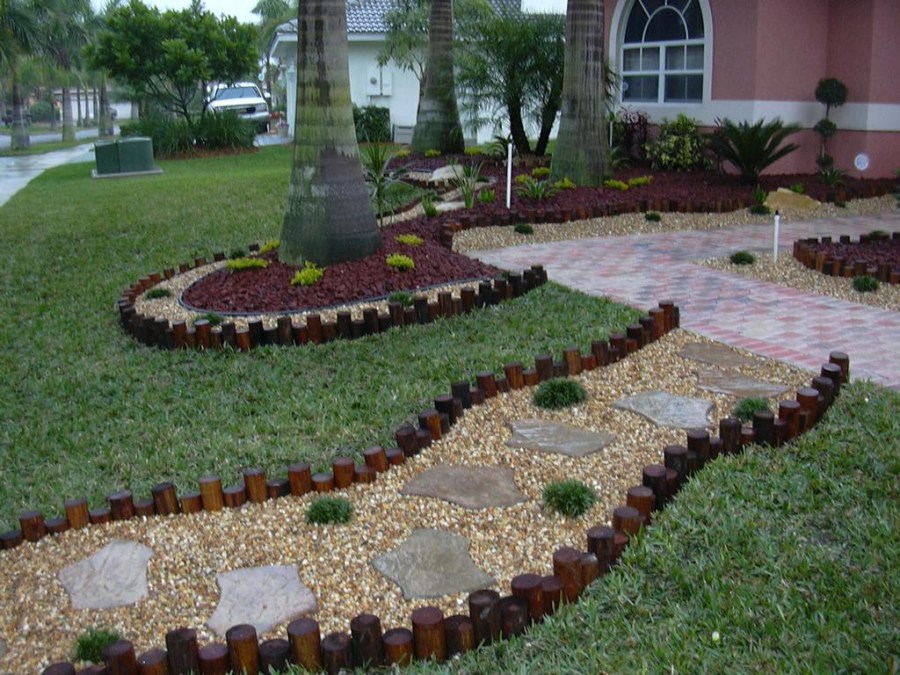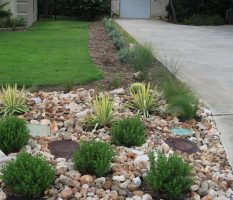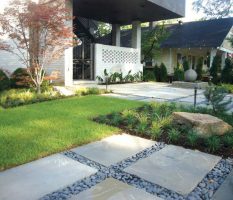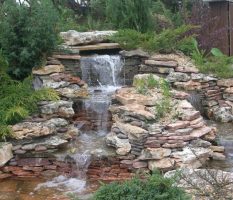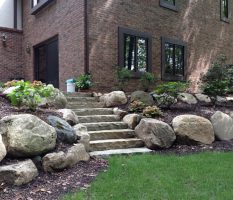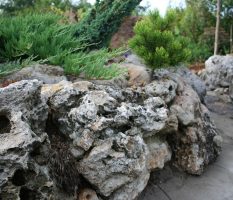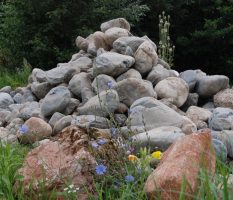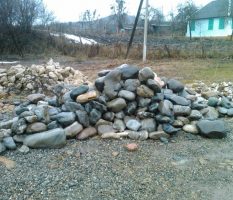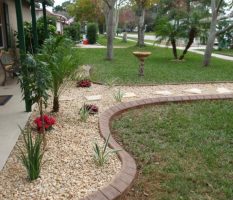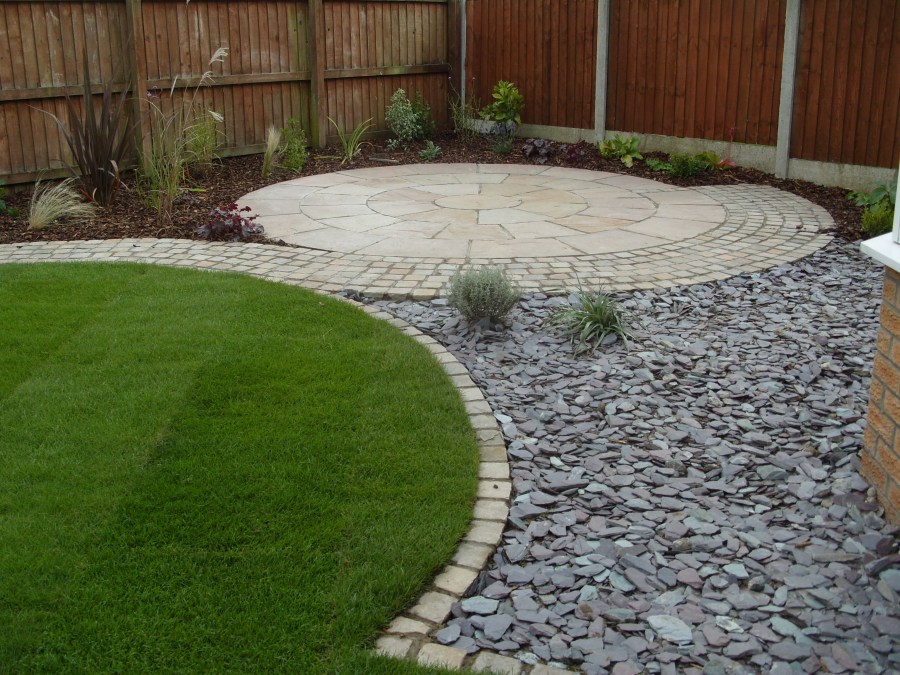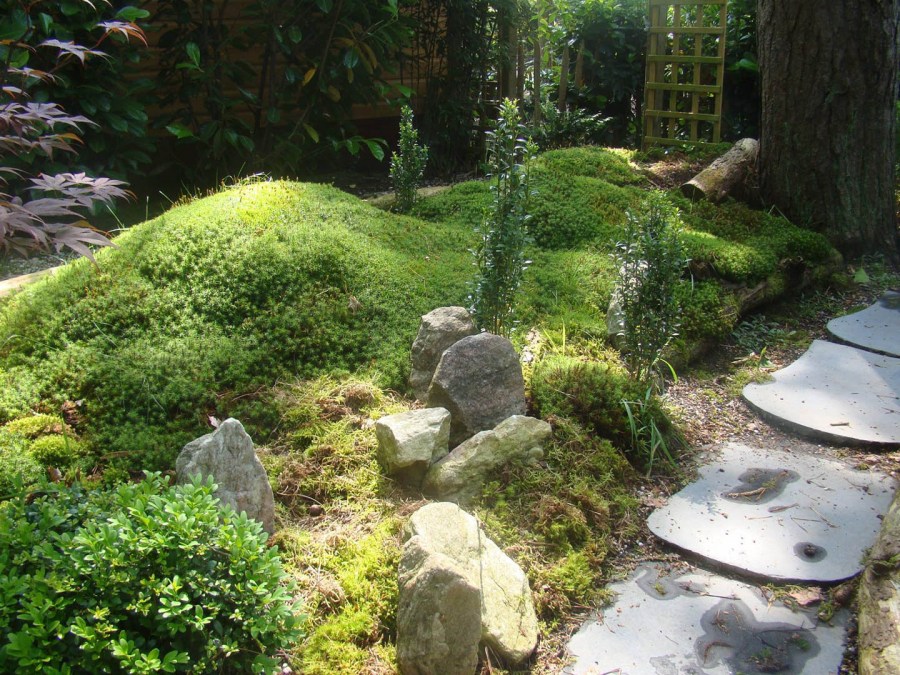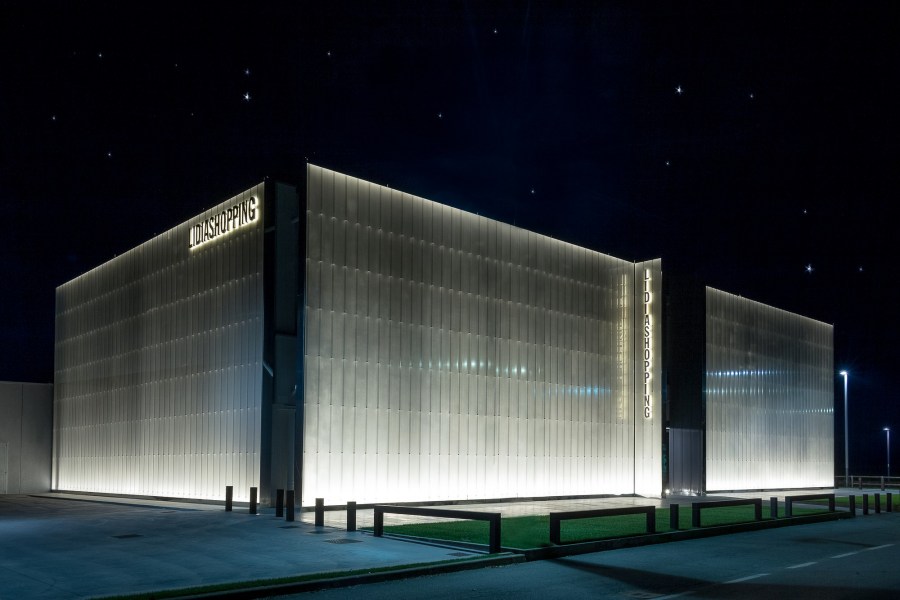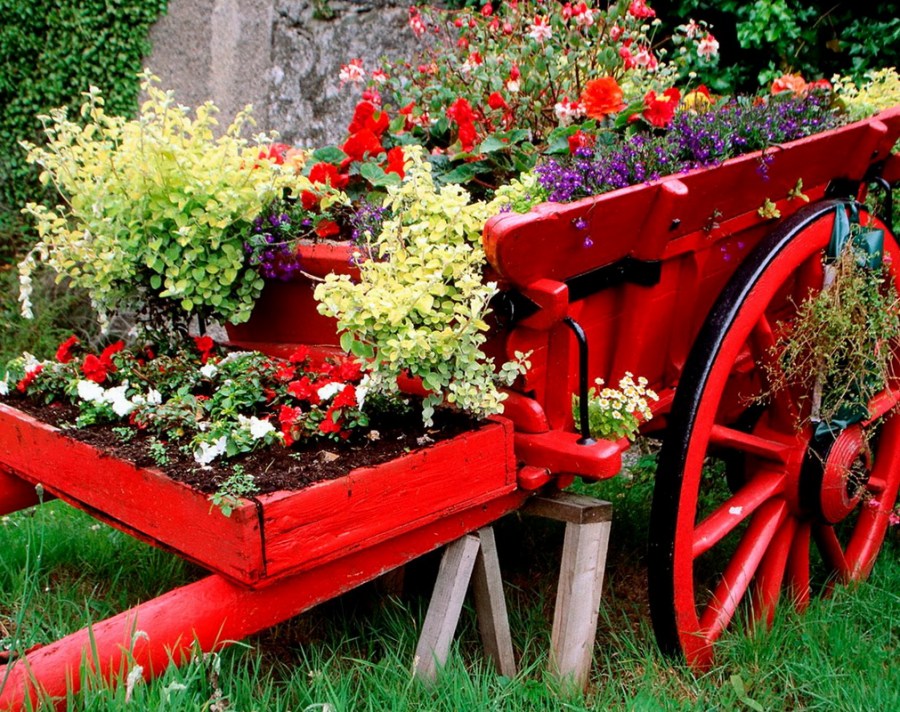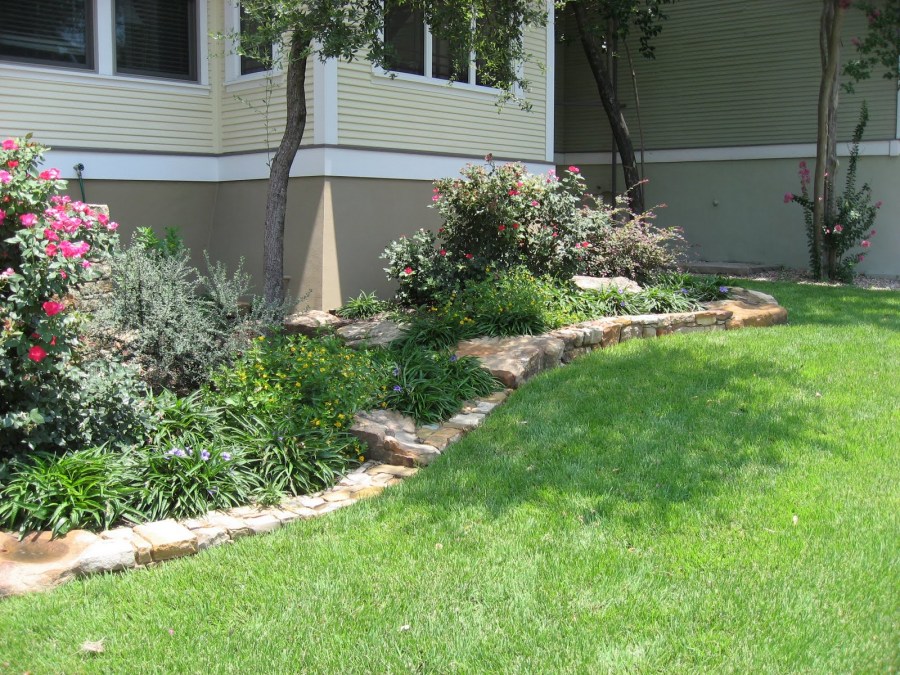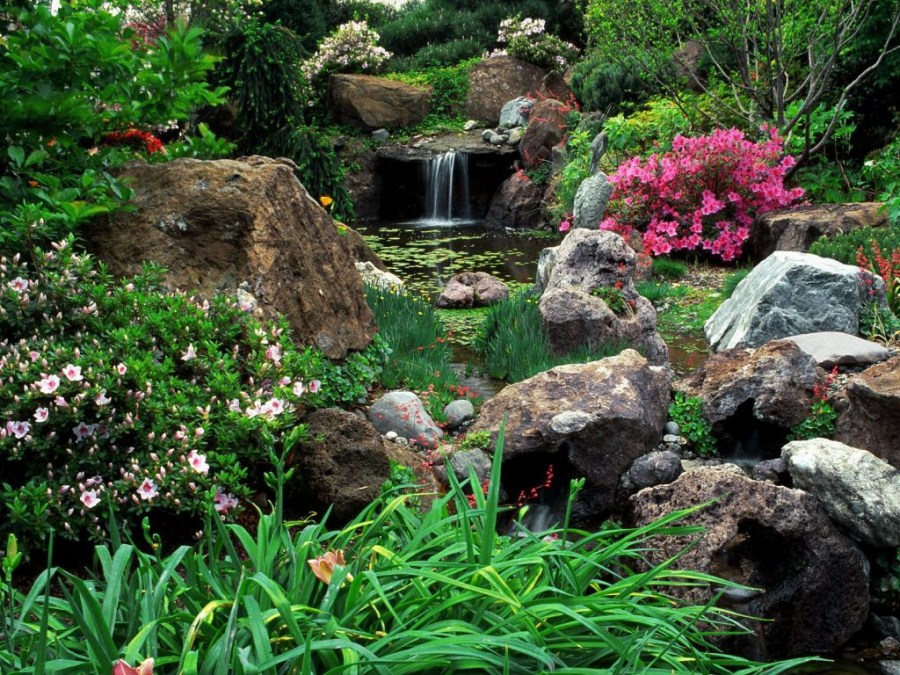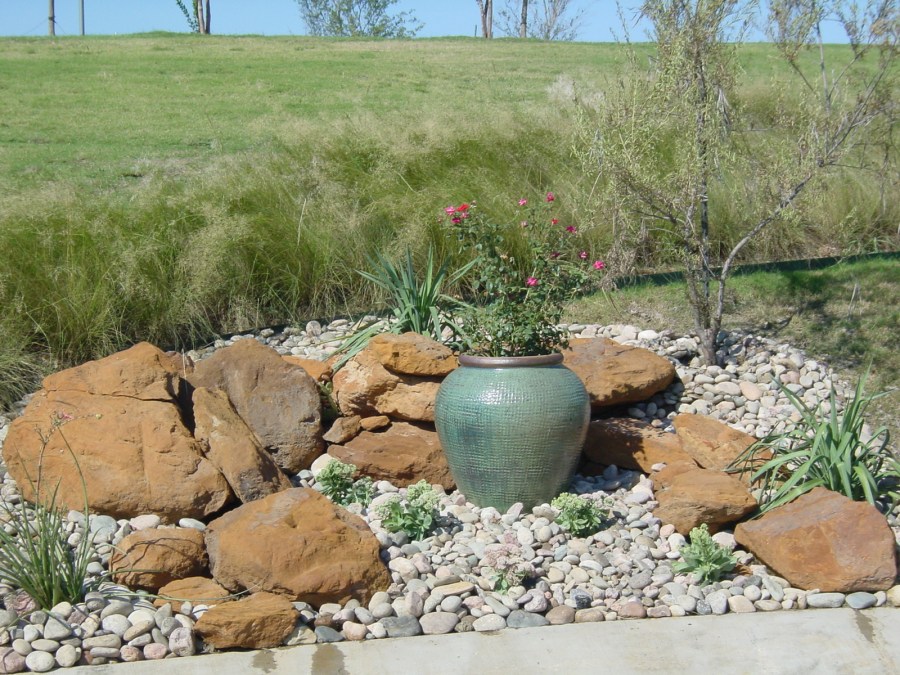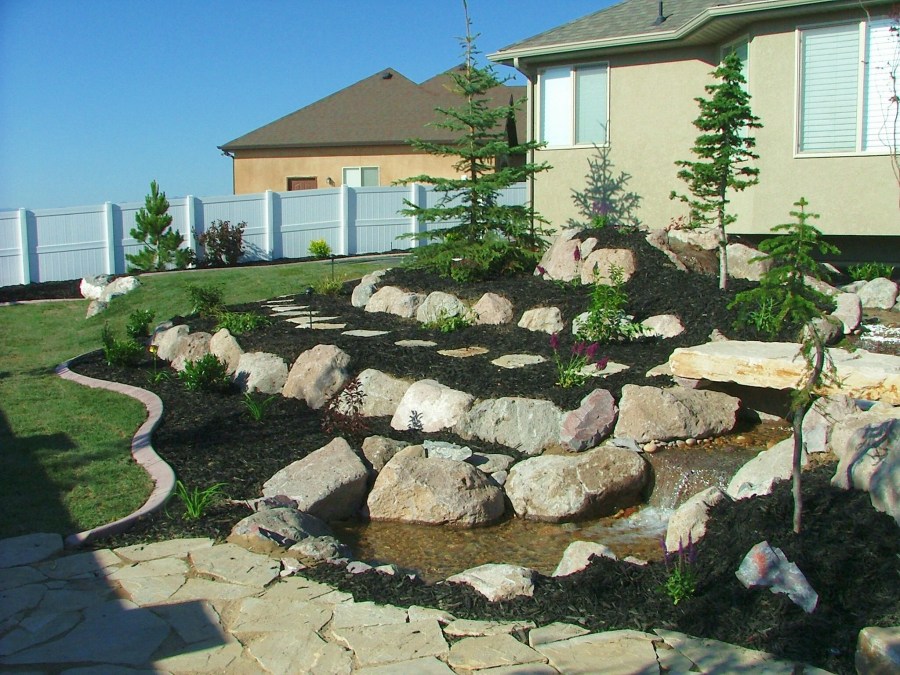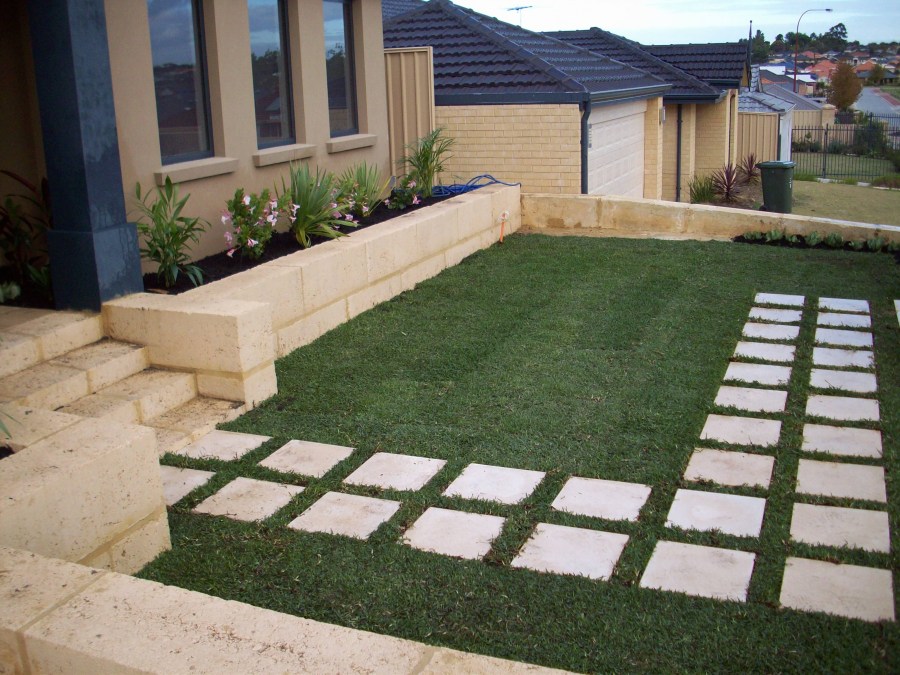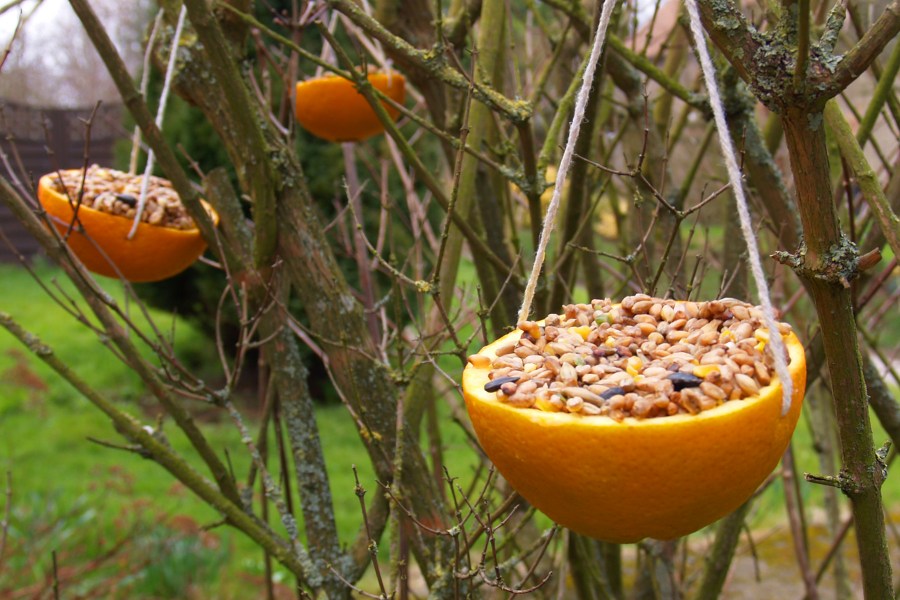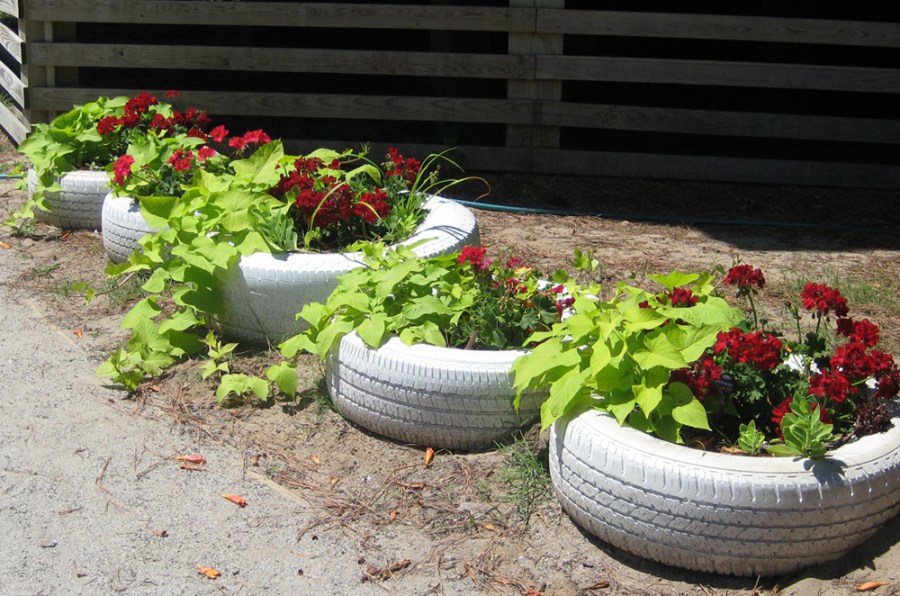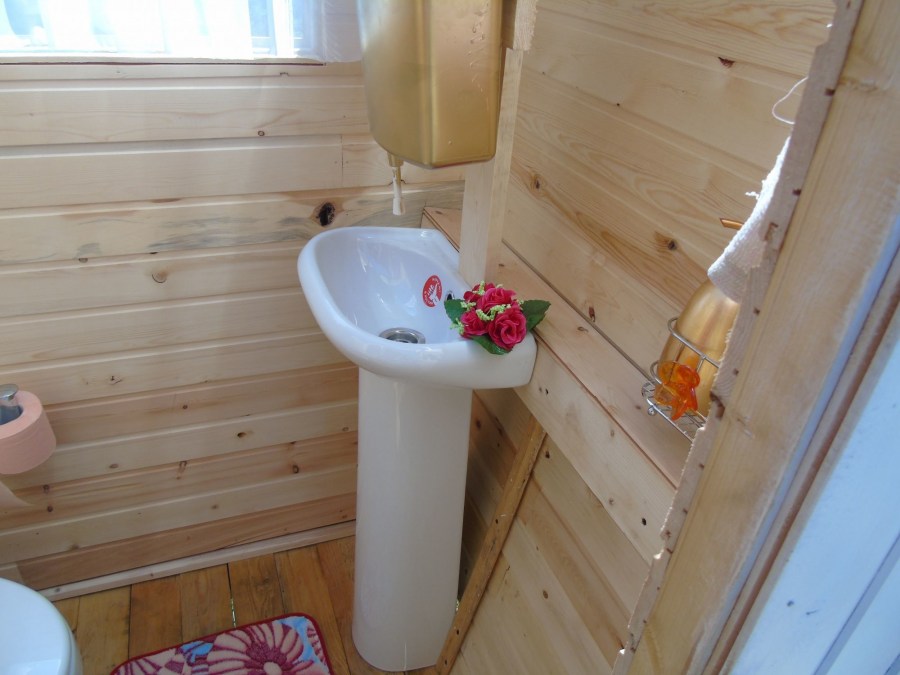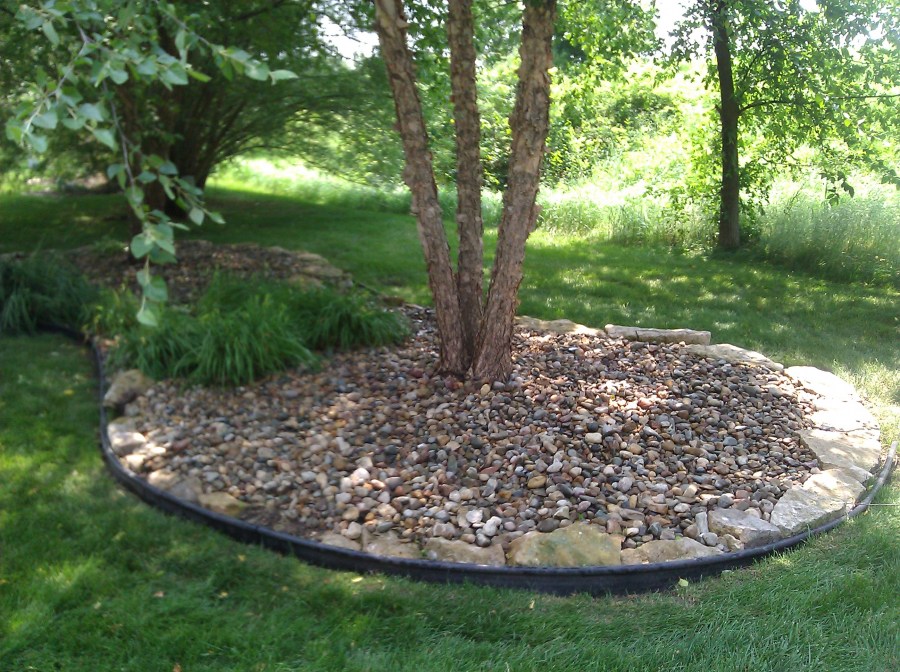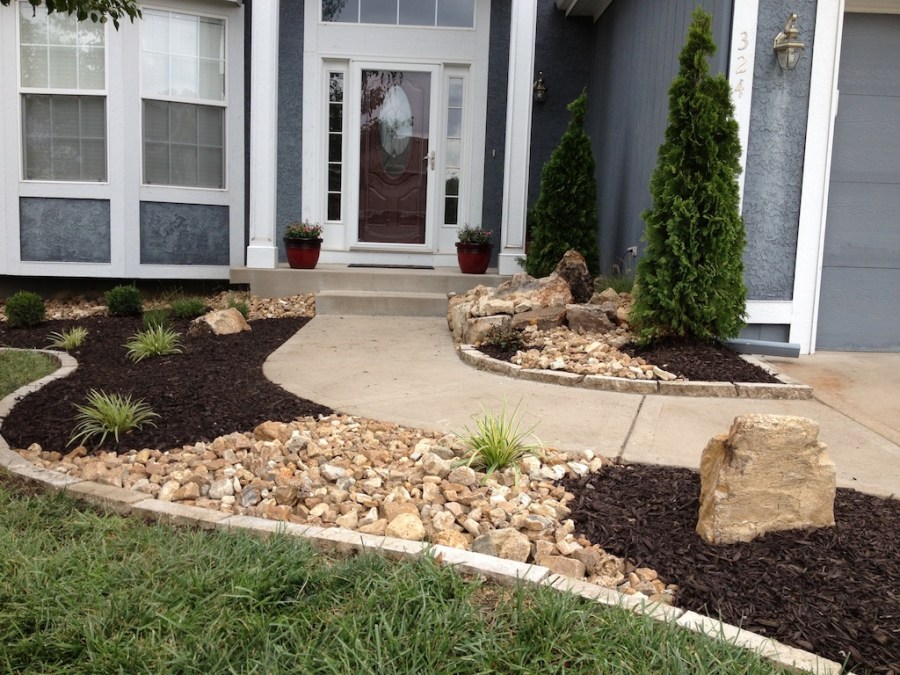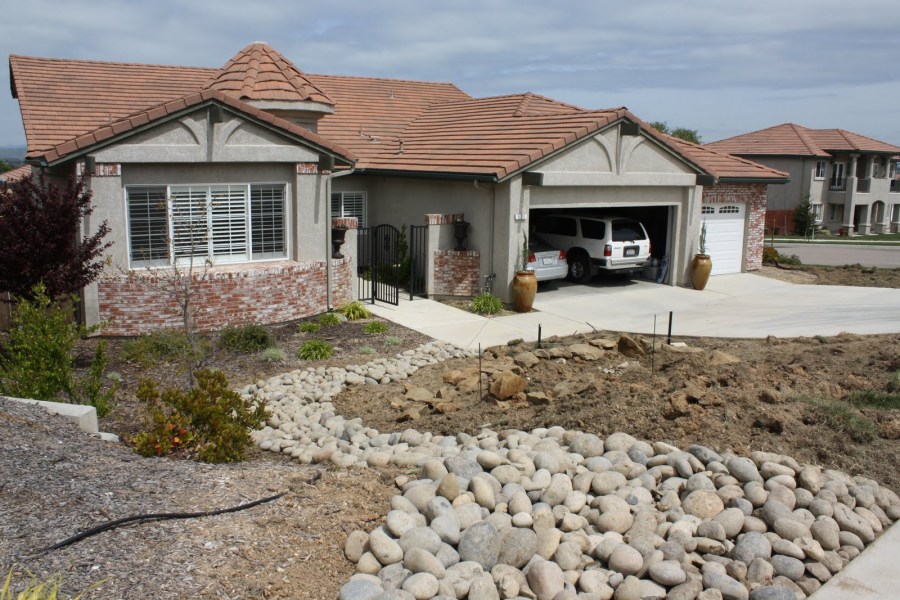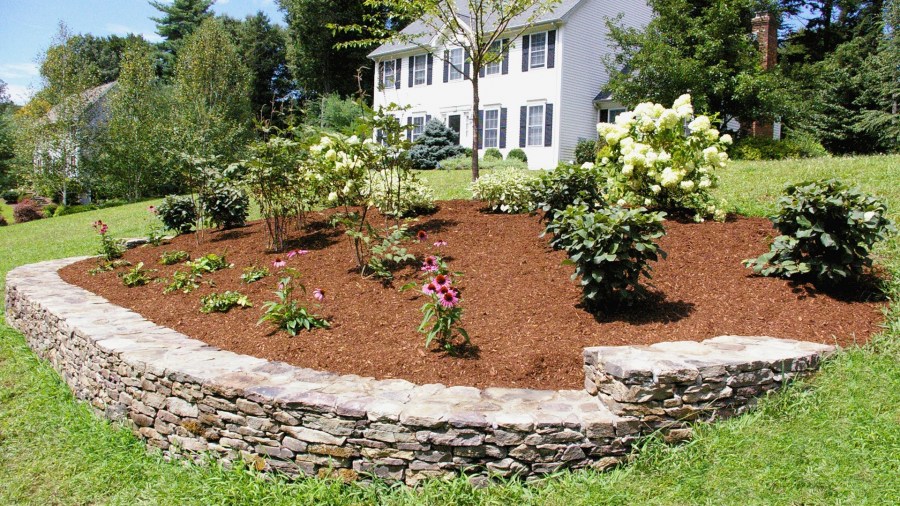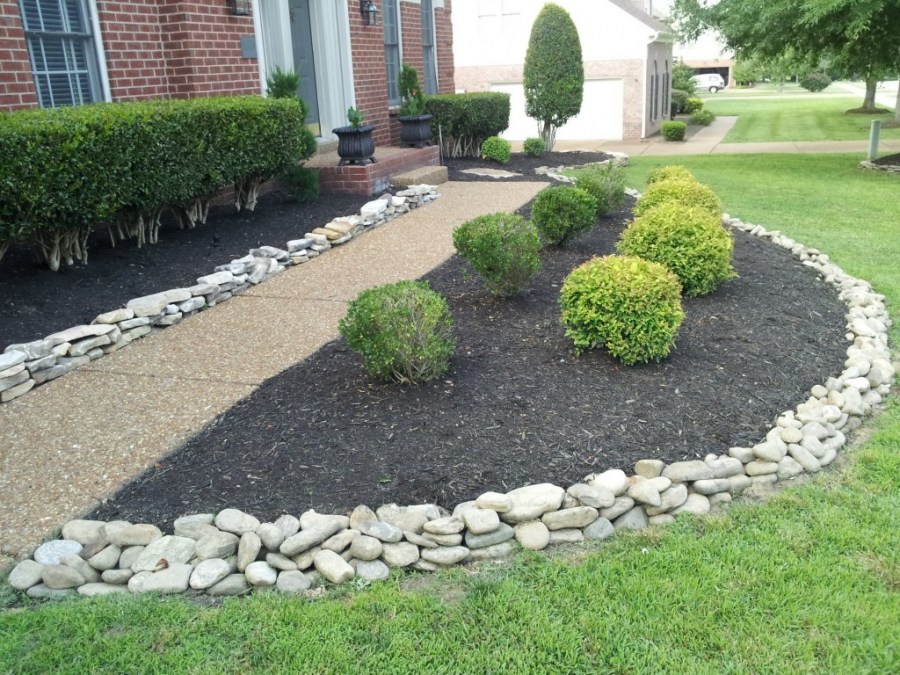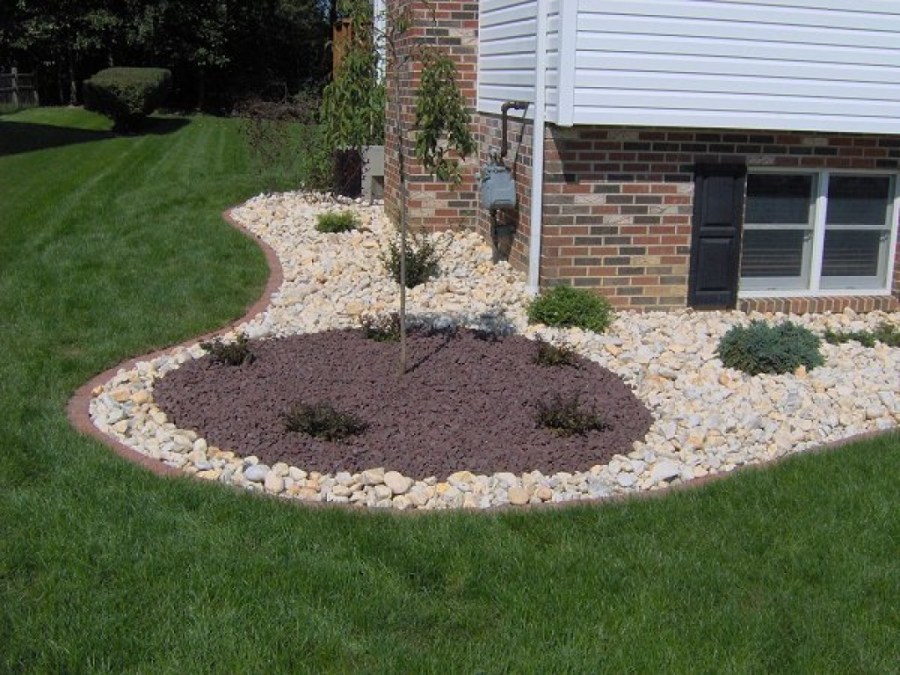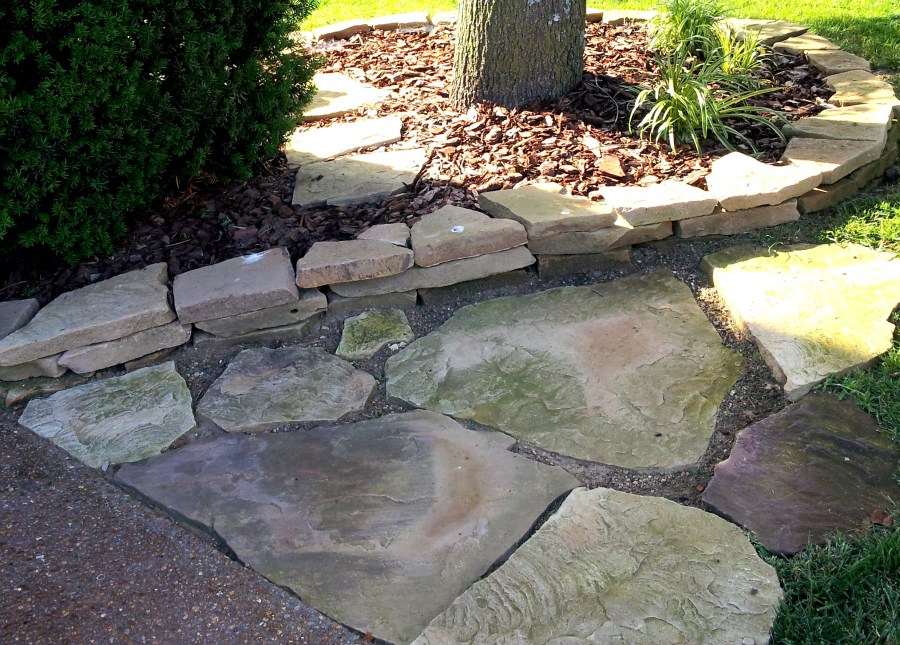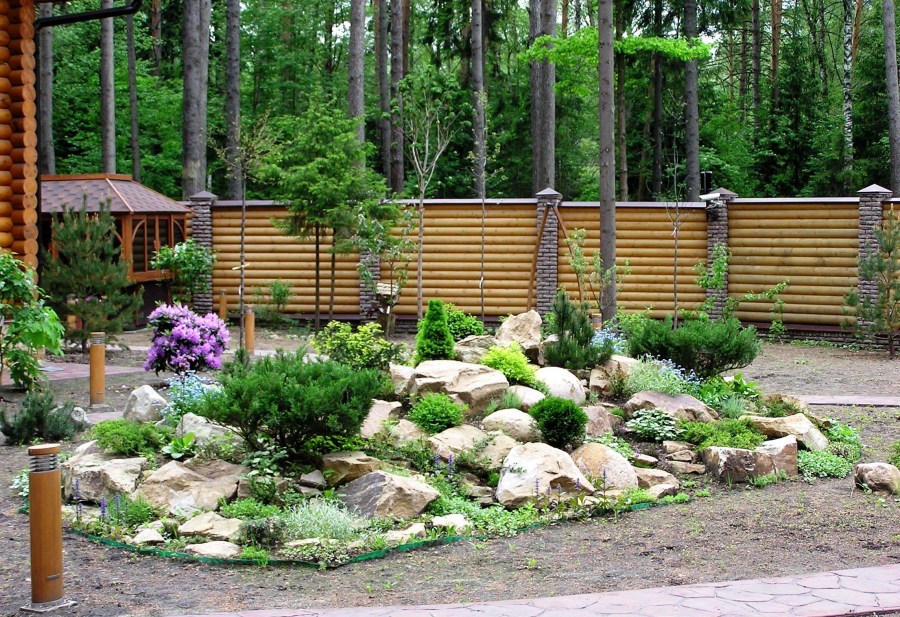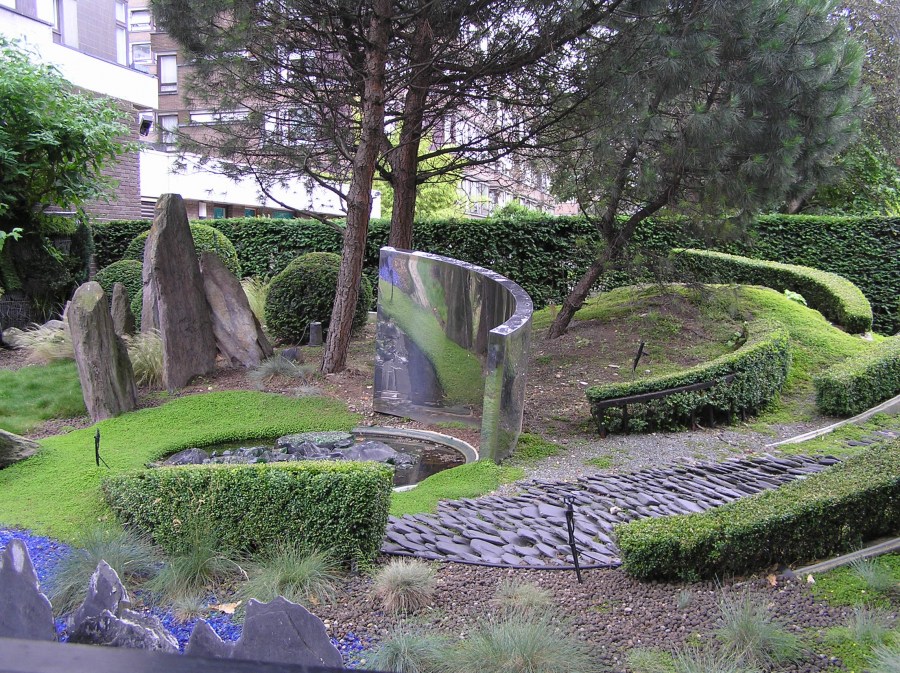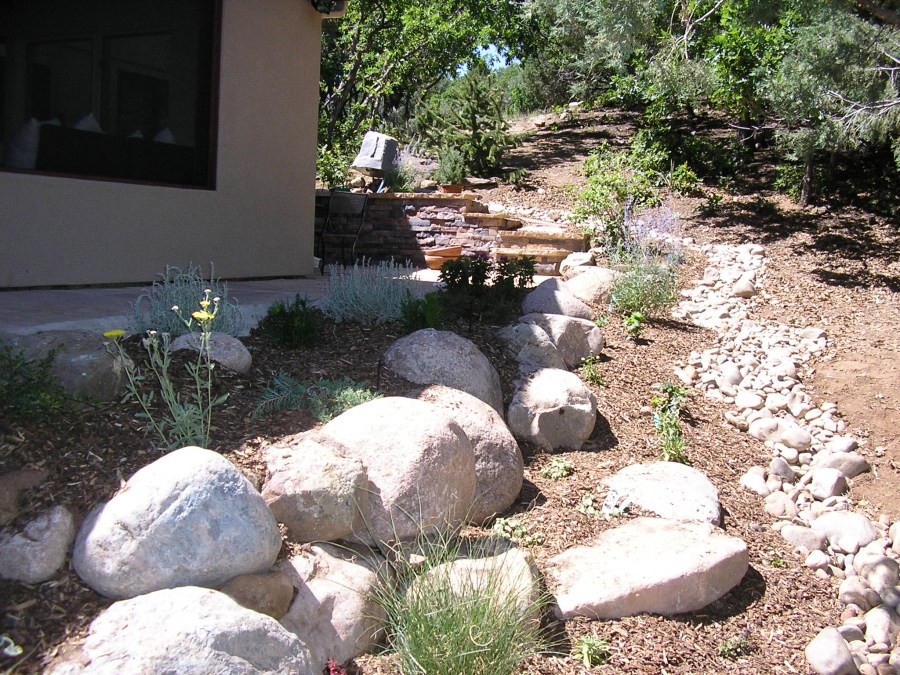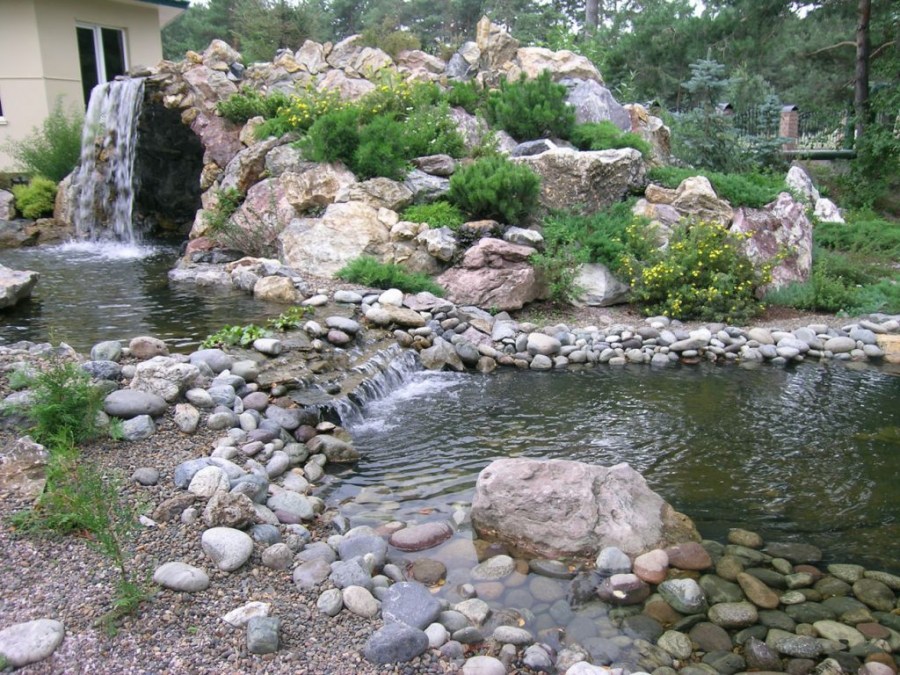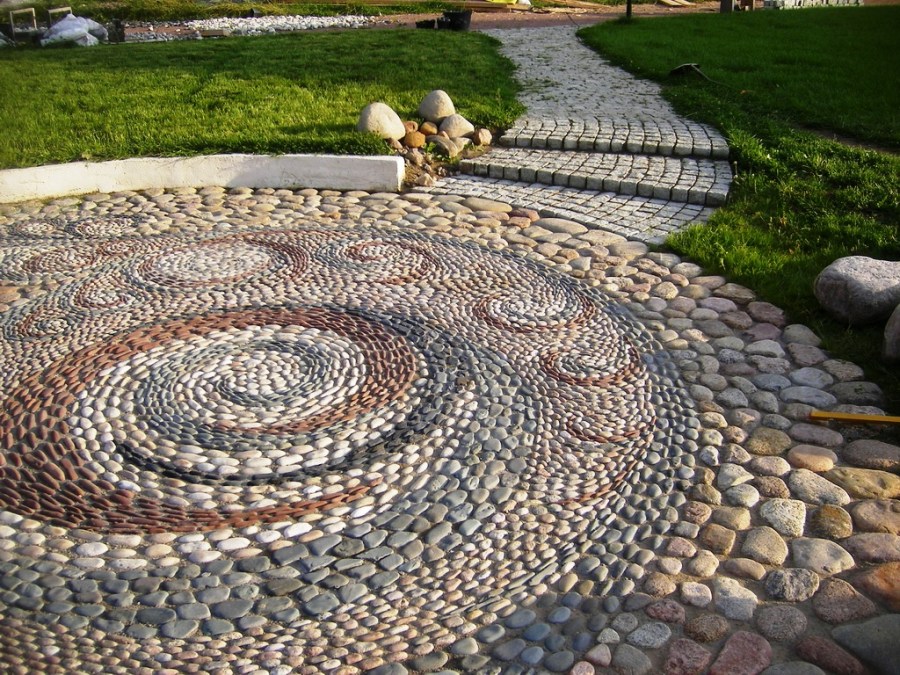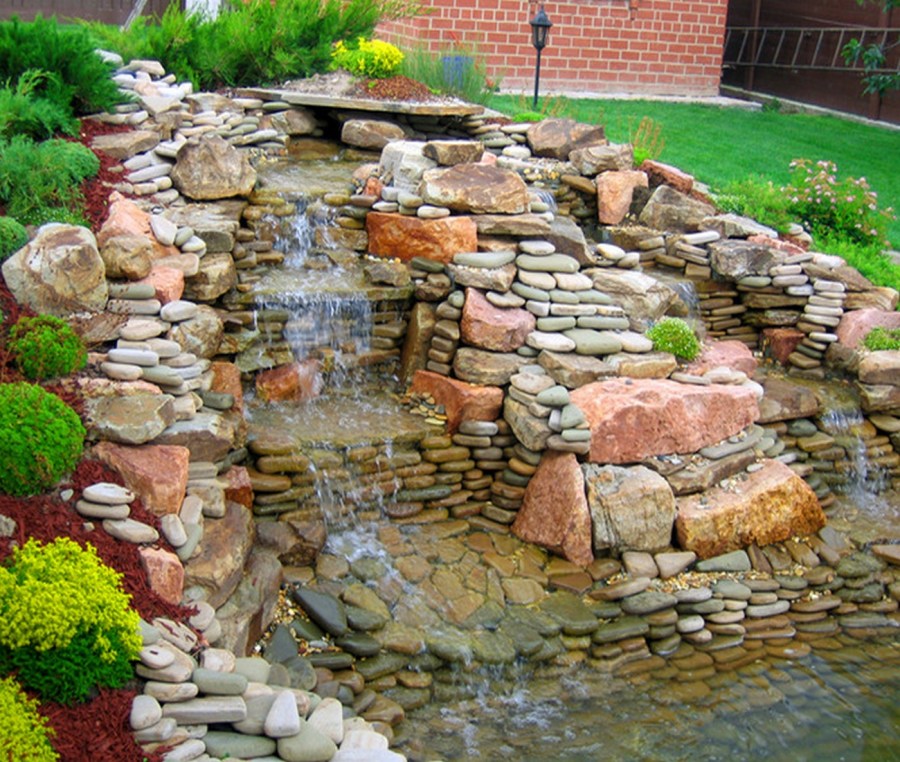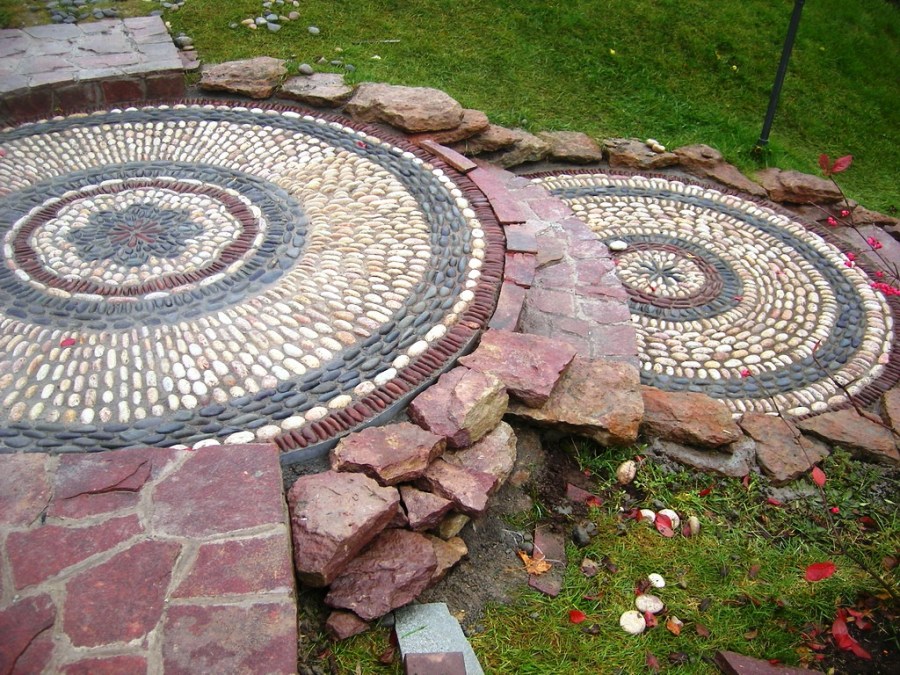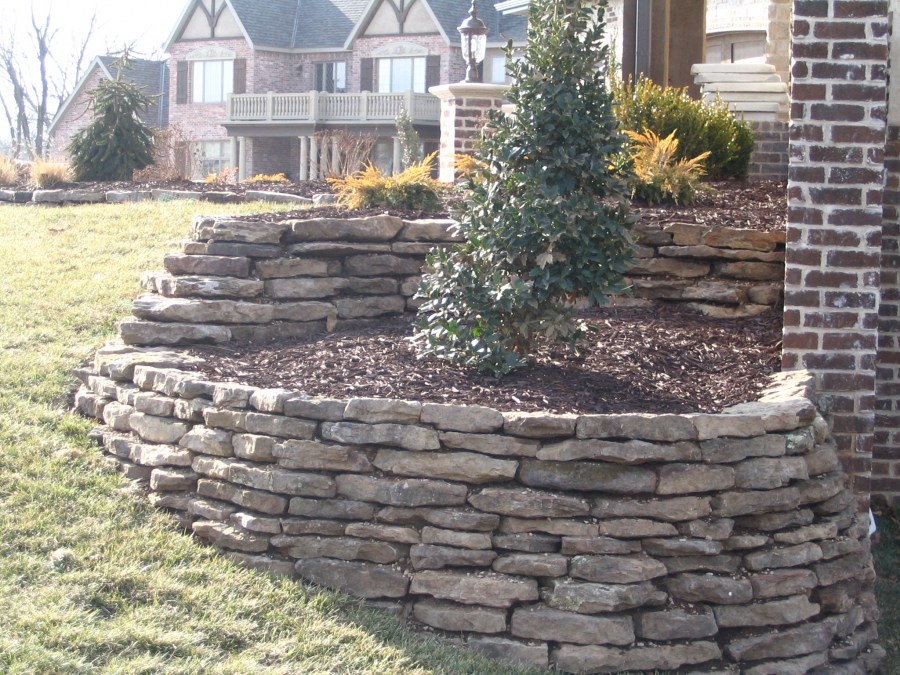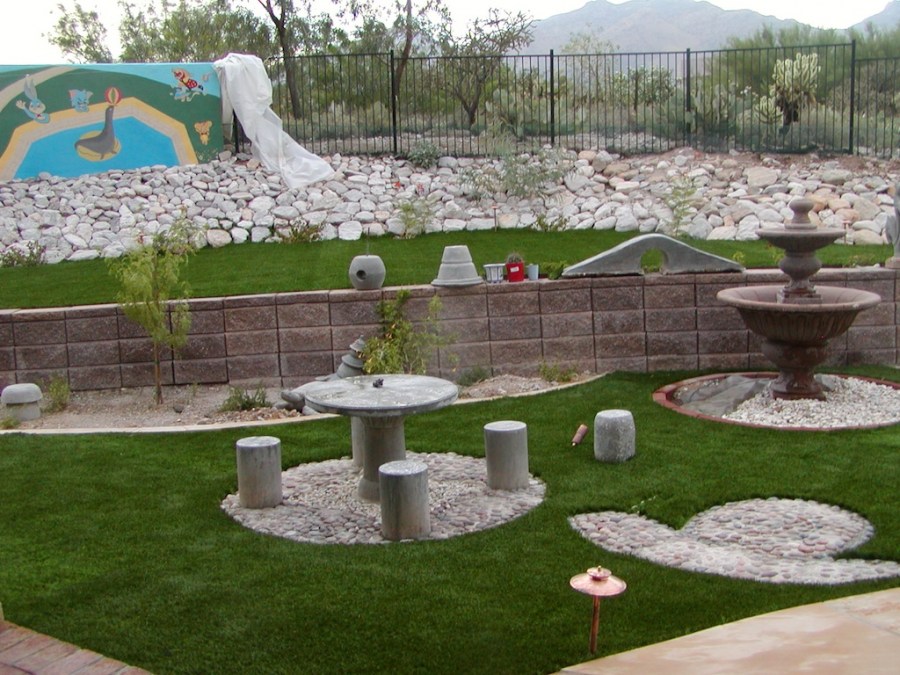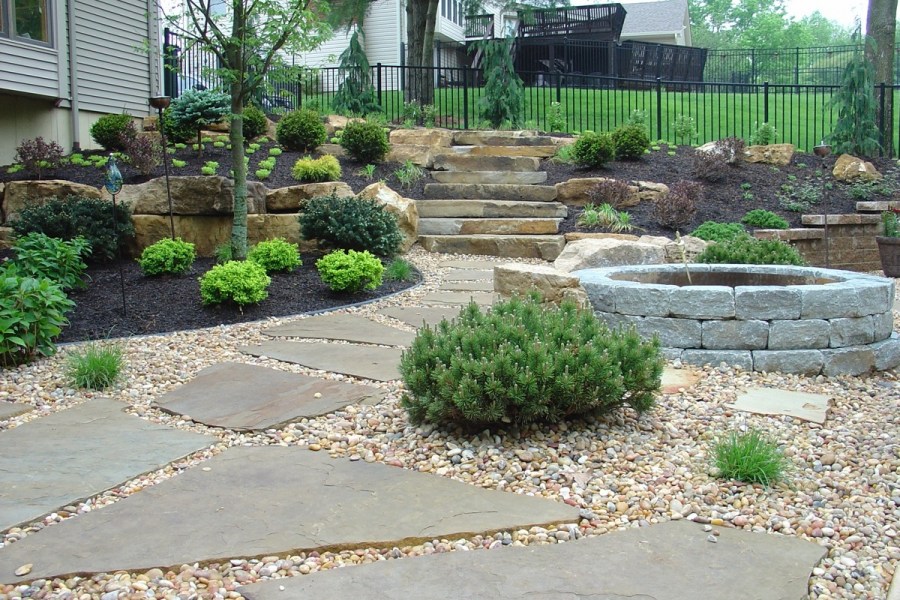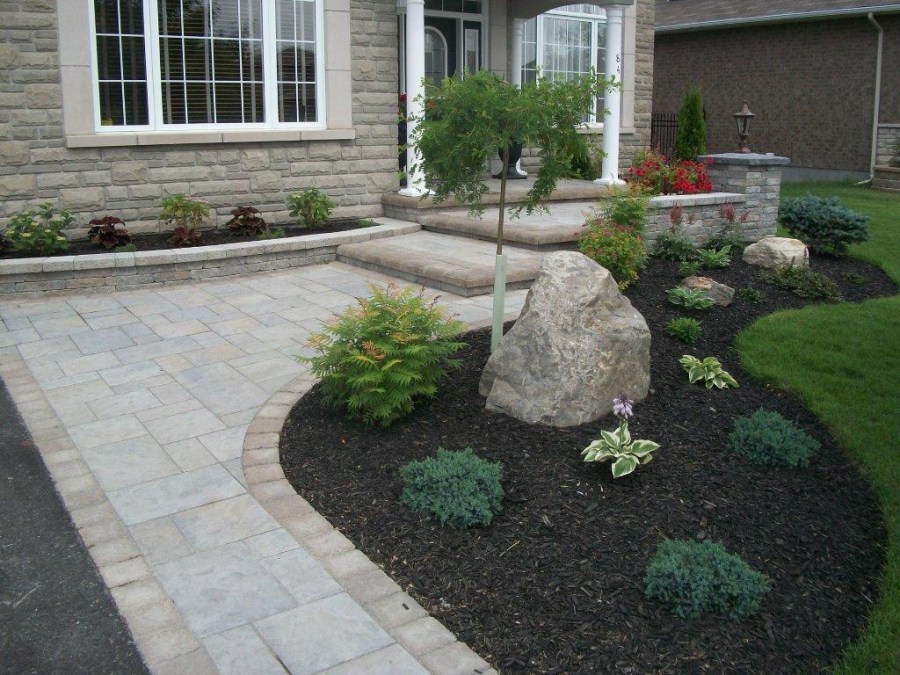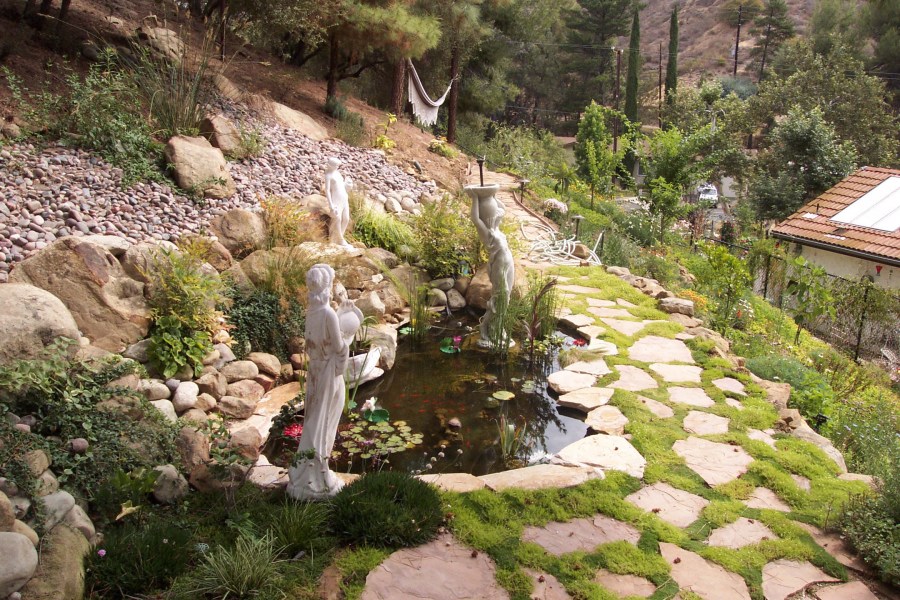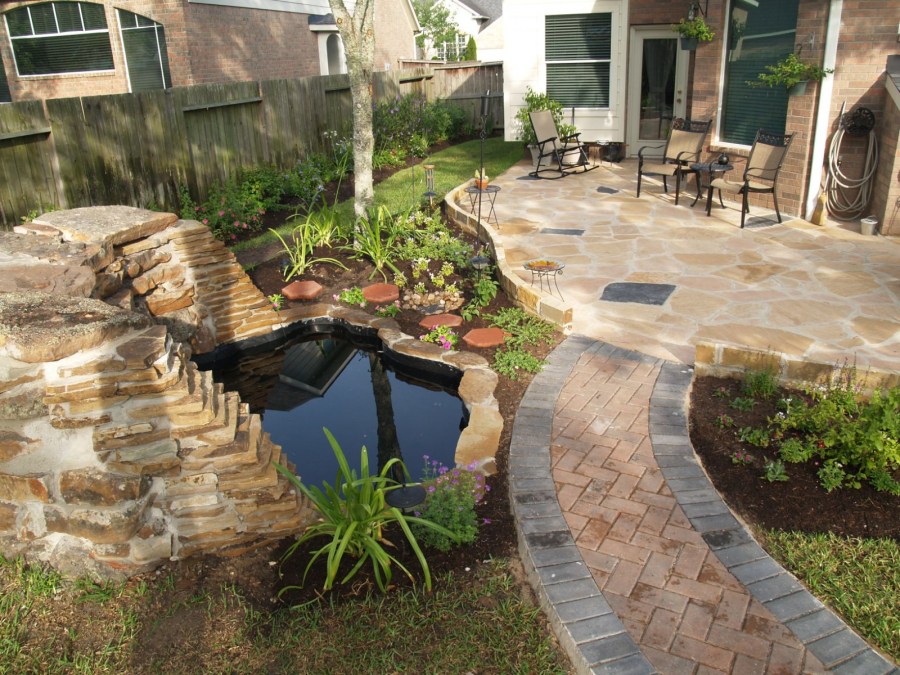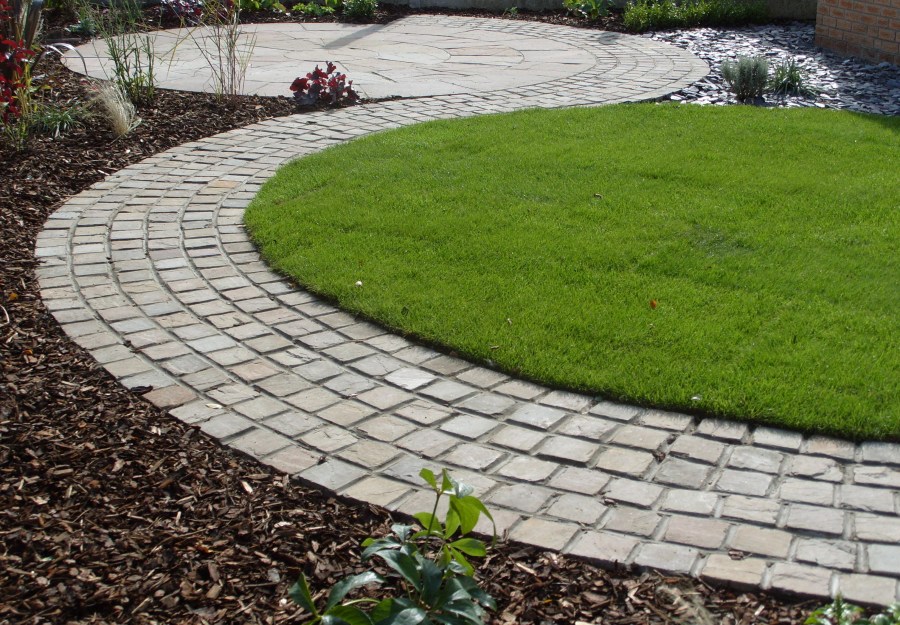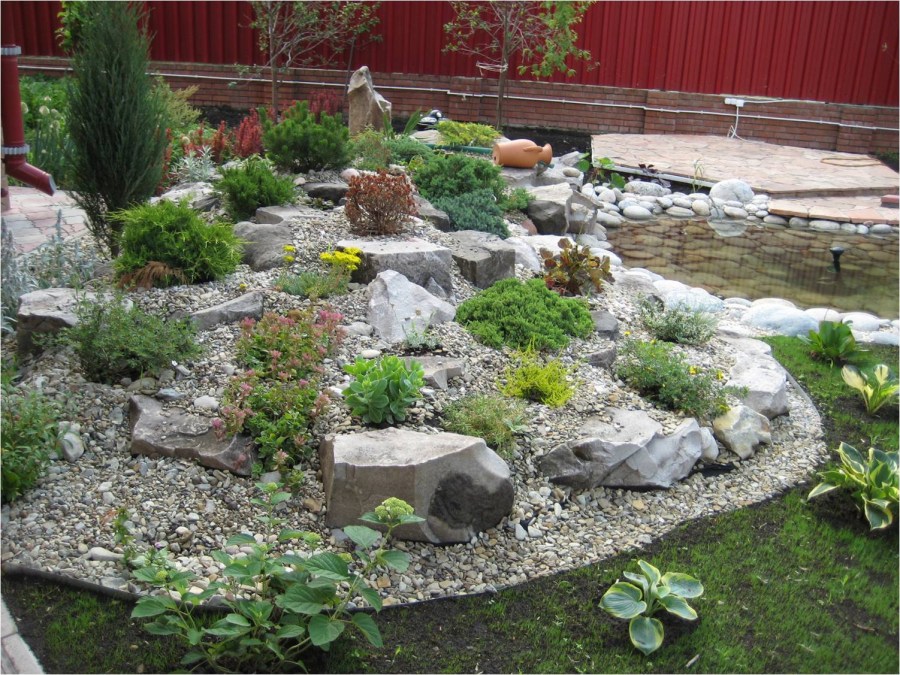Stones for landscaping - an overview of popular ideas with natural stone and pebbles (70 photos)
One of the most promising materials for creating a unique landscape design can be called natural and decorative stone. Of course, pleasure is not cheap, but the use of direct and generally accessible gifts of nature makes us at least a small step closer to its pristine beauty, which means it helps to bring peace of mind and harmony that many people lack in the crazy pace of modern life.
But how to turn ordinary stones lying on the site into a real work of art? What landscape design can become the background for your creativity?
In this article you will find answers to these difficult questions, as well as some useful tips that will help create a truly unique design project.
Where to use a stone?
In landscape business, there have long been many options for using stone to decorate sites. Almost any modern project can not do without this kind of decor. So, using the stones make out:
- Paths, alleys, entrances to the garage or parking spaces;
- Fountains, sides and decorative steps;
- Fences, fences, arbors and arches;
- Slides, waterfalls, "stone streams";
- The walls of the house, summer kitchen and other buildings;
- Flower beds
Of course, there is nothing to limit your imagination; stones can be used not only for decoration or cladding, but also as an independent element (or even center) of the composition.
So, such projects are usually implemented through the creation of a Japanese garden or a Japanese zone on a site, because it is in the culture of this country that unprocessed stone plays a very large role, and it is simply necessary for the garden.
How to use natural stone in the landscape?
The Japanese garden is a case when you do not need to purchase a decorative stone or facing tile, invite a designer. It will be enough to create a collage yourself (suitable photos of stones in landscape design can be found on the Internet), and then put it into practice.
The more naturalness will be in the selected boulders and pebbles, the more canonical the garden will turn out. It is especially worth looking at stones of an irregular but streamlined shape: the key to your success is the smoothness of lines and soft transitions, the absence of sharp corners.
Fine pebbles should be soft and light; oval, round or bean-shaped: everything in the Japanese garden speaks of softness and peace.
Another great solution will be the use of natural boulders in any landscape design of a landscape type, because the motto here is to imitate nature in all its manifestations. So, you don’t even need to move the boulders from place to place, process them, knocking down sharp corners, clean, split or remove moss and lichen.
All these are traces of natural impact, therefore, for a site that has sunk in the greenery and shade of centuries-old trees, a large century-old stone will become an excellent element of decor, visually complementing the composition and as if transferring someone looking to endless ancient and mysterious forests.
For those who like to put their hand directly in creating landscape design, as well as for creative people, there is another way to decorate your site with unique creations of human imagination - this is the painting of garden stones.
You can create complex patterns or simply fill the boulders with colorful paints, achieving an incredible mixture of colors. Special craftsmen can even create a real masterpiece by depicting a landscape or portrait on the flat side of a stone.
For these purposes, it is better to use acrylic paints or paints in spray cans: they do not wash off with water and wash more slowly than the rest.
To give the picture a glossy shine and fix the image, you can cover the surface of the stone with transparent varnish, but usually a pattern with natural scuffs and slightly faded colors is much more pleasing to the eye than a huge boulder glare in the sun.
Types of stones for landscaping
Conventionally, all breeds that designers use in their work can be divided into three large groups:
A natural stone
Granite and gneiss. Elegant and aritocratic-conservative, they are used to clad arbors, arches, fountains and buildings. The scatter of eye-pleasing shades is attractive here, which allows you to choose the perfect color solution for almost any landscape model.
Basalt looks interesting in the design of decorative elements of the composition: the range of colors varies from smoky gray to black and green.
Soft rocks: sandstone, slate, limestone, which are most often used to design paths, paths, cladding garages or sheds. Such a stone in the decor looks neat and does not strike the eye.
Stones, which are clusters of crystals, give the landscape a special chic. These species include marble (easy to process, unpretentious in maintenance and giving the opportunity to choose the right color from a huge number of known shades) and porphyry, the color scheme of which is expressed in various shades of red.
Tuff. It is a porous, lightweight stone that looks like a sponge. It absorbs moisture well and seems like a good example of natural erosion - this effect is only for designers.
Fake diamond
Brick. Typically, brick is used because of its cheapness, but even with proper use it can be a good addition to the composition. Usually it is used in the design of tracks, small empty open spaces or for decorating borders.
Concrete is much less commonly used, but due to its strength, it is suitable for a driveway leading to a garage or parking spaces.
Phosphorescent Stone
The category is very special. In the light, they are no different from other decorative elements and are completely invisible, but at night you will notice a bright glow.
That is why it is worth using it to completely pave the tracks or simply decorate the curb. Also, luminous stones for the garden and landscape will fit the sides of pools, ponds and fountains.
The functional side of using stone
If we talk about the use of stones in the landscape of the site from a functional point of view, we can distinguish several main advantages:
- The possibility of zoning the site: the separation of the working area and the recreation area, creating places for the privacy of the owners or for receiving guests;
- The possibility of using large boulders as additional decorative "furniture", which fits perfectly into the overall natural landscape composition;
- The ability to hide design defects or unwanted objects;
- The ability to fill the empty space without using green spaces that require care and attention.
Obviously, the stone is almost an integral part of the landscape, so use it boldly and with imagination.
Photo of stones for landscaping
Decorative flower beds: 80 photos of interesting ideas from leading designers
Perennial flower beds - 85 photos of planting patterns and features of continuous flowering
Decorative mill: a beautiful decoration of the garden with your own hands (110 photos)
Hedgerow: 85 landscaping photos
Join the discussion:
